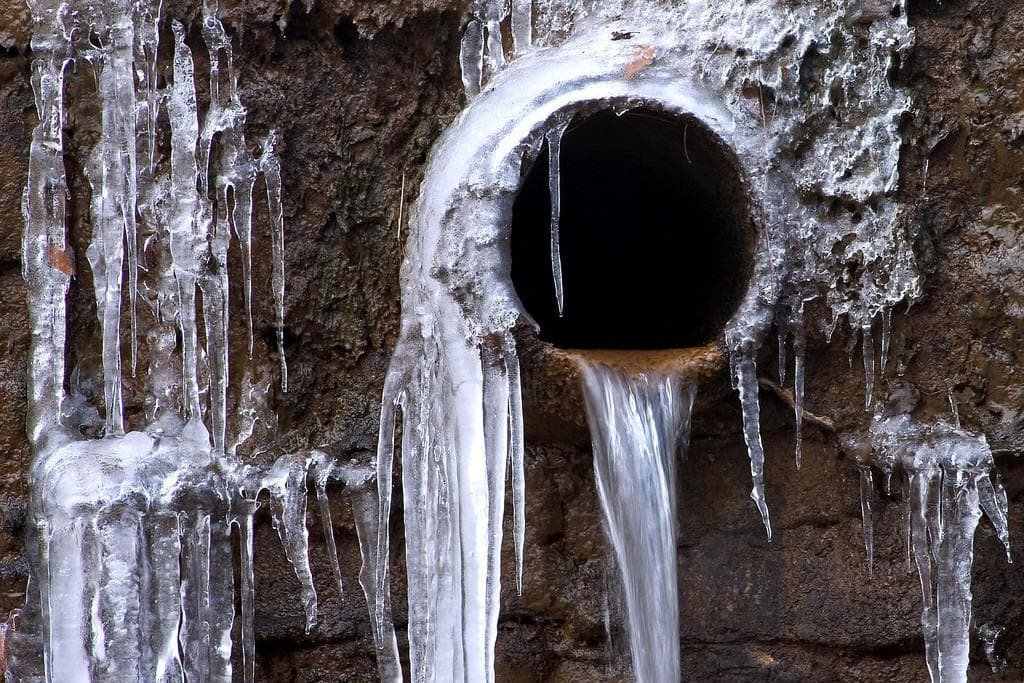How to Avoid Frozen Plumbing in Cold Weather: Expert Guidance
How to Avoid Frozen Plumbing in Cold Weather: Expert Guidance
Blog Article
Here on the next paragraphs you'll find a good deal of high-quality resources around How To Avoid Freezing Pipes.

Winter can wreak havoc on your plumbing, particularly by freezing pipelines. Here's how to avoid it from taking place and what to do if it does.
Introduction
As temperature levels drop, the threat of frozen pipes boosts, potentially bring about pricey repair services and water damage. Understanding just how to avoid icy pipelines is critical for homeowners in cold climates.
Comprehending Frozen Pipes
What triggers pipes to freeze?
Pipes ice up when exposed to temperature levels below 32 ° F (0 ° C) for extended periods. As water inside the pipelines freezes, it broadens, taxing the pipe walls and potentially creating them to break.
Risks and problems
Frozen pipelines can result in water supply disruptions, property damage, and pricey fixings. Burst pipelines can flood homes and trigger substantial structural damages.
Signs of Frozen Piping
Determining icy pipes early can prevent them from bursting.
Just how to determine frozen pipelines
Try to find decreased water circulation from taps, unusual smells or sounds from pipes, and noticeable frost on revealed pipes.
Avoidance Tips
Protecting susceptible pipelines
Cover pipelines in insulation sleeves or use warm tape to safeguard them from freezing temperatures. Concentrate on pipelines in unheated or outside areas of the home.
Heating methods
Keep indoor rooms appropriately heated, specifically locations with pipes. Open up closet doors to permit cozy air to distribute around pipes under sinks.
Safeguarding Outdoor Pipes
Yard hose pipes and outdoor taps
Detach and drain garden hoses prior to winter season. Install frost-proof spigots or cover outside taps with protected caps.
What to Do If Your Pipelines Freeze
Immediate actions to take
If you believe frozen pipes, keep faucets available to soothe pressure as the ice melts. Use a hairdryer or towels soaked in hot water to thaw pipes gradually.
Long-Term Solutions
Structural modifications
Consider rerouting pipelines far from exterior walls or unheated locations. Add added insulation to attic rooms, basements, and crawl spaces.
Upgrading insulation
Invest in high-quality insulation for pipelines, attic rooms, and wall surfaces. Appropriate insulation helps keep constant temperature levels and reduces the danger of icy pipelines.
Verdict
Preventing frozen pipelines requires aggressive procedures and quick reactions. By recognizing the reasons, indications, and safety nets, homeowners can shield their plumbing during winter.
Helpful Tips to Prevent Frozen Pipes this Winter
UNDERSTANDING THE BASICS: WHY PIPES FREEZE AND WHY IT’S A PROBLEM
Water freezing inside pipes is common during the winter months, but understanding why pipes freeze, and the potential problems it can cause is crucial in preventing such incidents. This section will delve into the basics of why pipes freeze and the associated problems that may arise.
THE SCIENCE BEHIND FROZEN PIPES
When water reaches freezing temperatures, it undergoes a physical transformation and solidifies into ice. This expansion of water as it freezes is the primary reason pipes can burst. As the water inside the pipe freezes, it expands, creating immense pressure on the walls. If the pressure becomes too great, the pipe can crack or rupture, leading to leaks and water damage.
FACTORS THAT CONTRIBUTE TO PIPE FREEZING
Low Temperatures: Extremely cold weather, especially below freezing, increases the risk of pipes freezing. Uninsulated or Poorly Insulated Pipes: Pipes located in unheated areas, such as basements, crawl spaces, or attics, are more prone to freezing. Insufficient insulation or lack of insulation altogether exacerbates the problem. Exterior Wall Exposure: Pipes running along exterior walls are susceptible to freezing as they encounter colder temperatures outside. Lack of Heating or Temperature Regulation: Inadequate heating or inconsistent temperature control in your home can contribute to frozen pipes. PROBLEMS CAUSED BY FROZEN PIPES
- Pipe Bursting: As mentioned earlier, the expansion of water as it freezes can cause pipes to burst, resulting in significant water damage.
- Water Damage: When pipes burst, it can lead to flooding and water damage to your property, including walls, ceilings, flooring, and personal belongings.
- Structural Damage: Prolonged exposure to water from burst pipes can compromise the structural integrity of your home, leading to costly repairs.
- Mold and Mildew Growth: Excess moisture from water damage can create a favorable environment for mold and mildew growth, posing health risks to occupants.
- Disrupted Water Supply: Frozen pipes can also result in a complete or partial loss of water supply until the issue is resolved.
WHY CERTAIN PIPES ARE MORE PRONE TO FREEZING
- Location: Pipes located in unheated or poorly insulated areas, such as basements, crawl spaces, attics, or exterior walls, are at higher risk of freezing.
- Exterior Pipes: Outdoor pipes, such as those used for irrigation or exposed plumbing, are particularly vulnerable to freezing as they are directly exposed to the elements.
- Supply Lines: Pipes that carry water from the main water supply into your home, including the main water line, are critical to protect as freezing in these lines can affect your entire plumbing system.
- Underground Pipes: Pipes buried underground, such as those connected to sprinkler systems or outdoor faucets, can be susceptible to freezing if not properly insulated.
https://busybusy.com/blog/helpful-tips-to-prevent-frozen-pipes-this-winter/

I found that blog entry on Preventing and dealing with frozen pipes when doing research the search engines. Are you aware of someone else who is interested by the topic? Feel free to promote it. I praise you for being here. Return soon.
Get A Quote Report this page